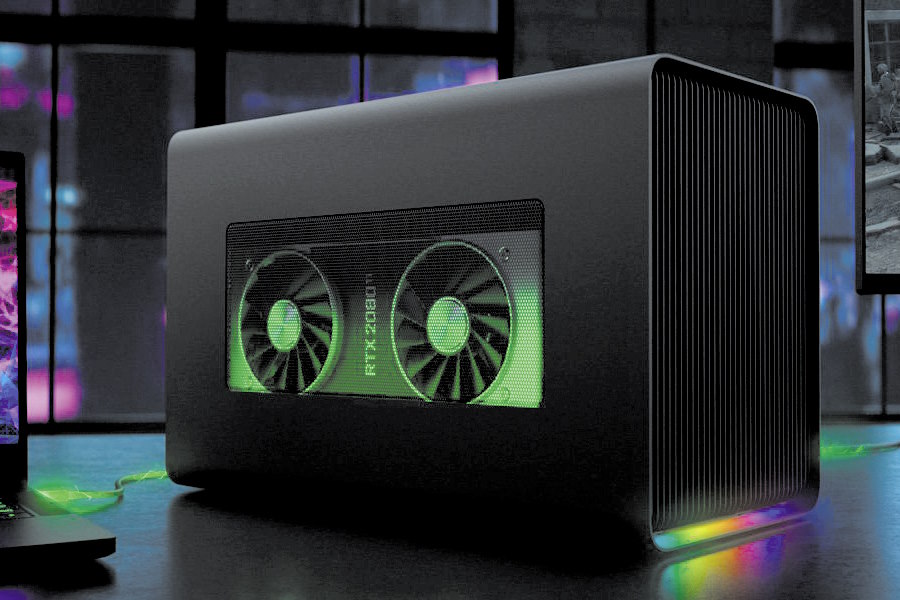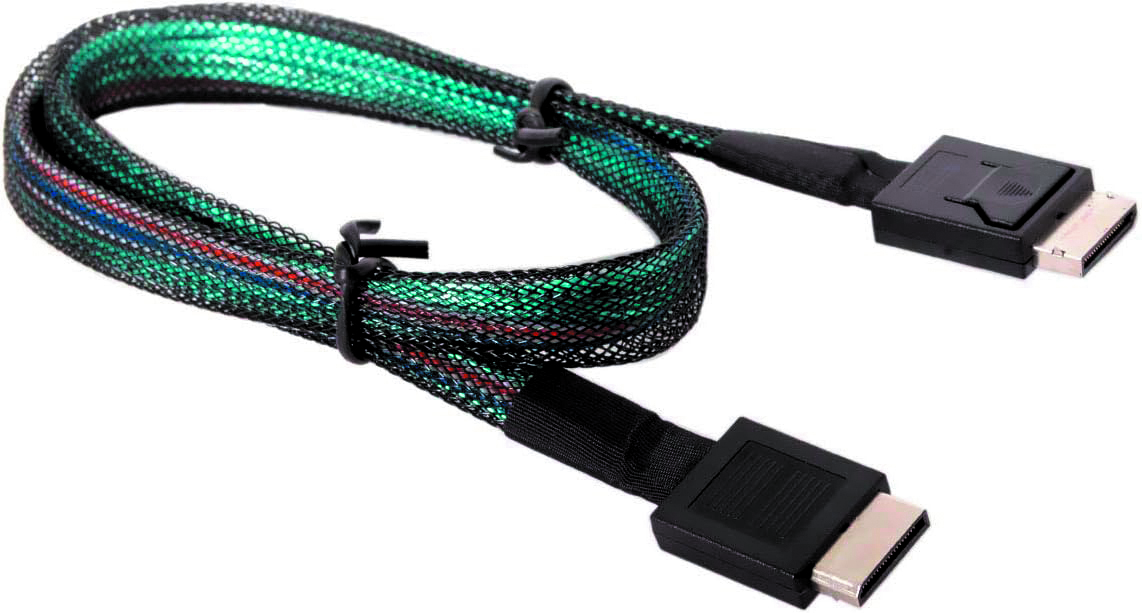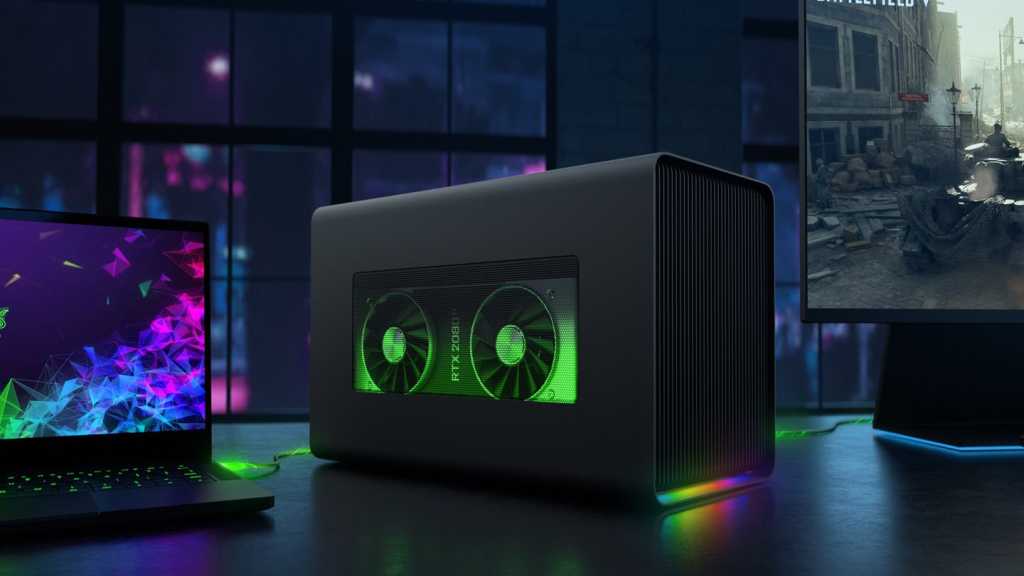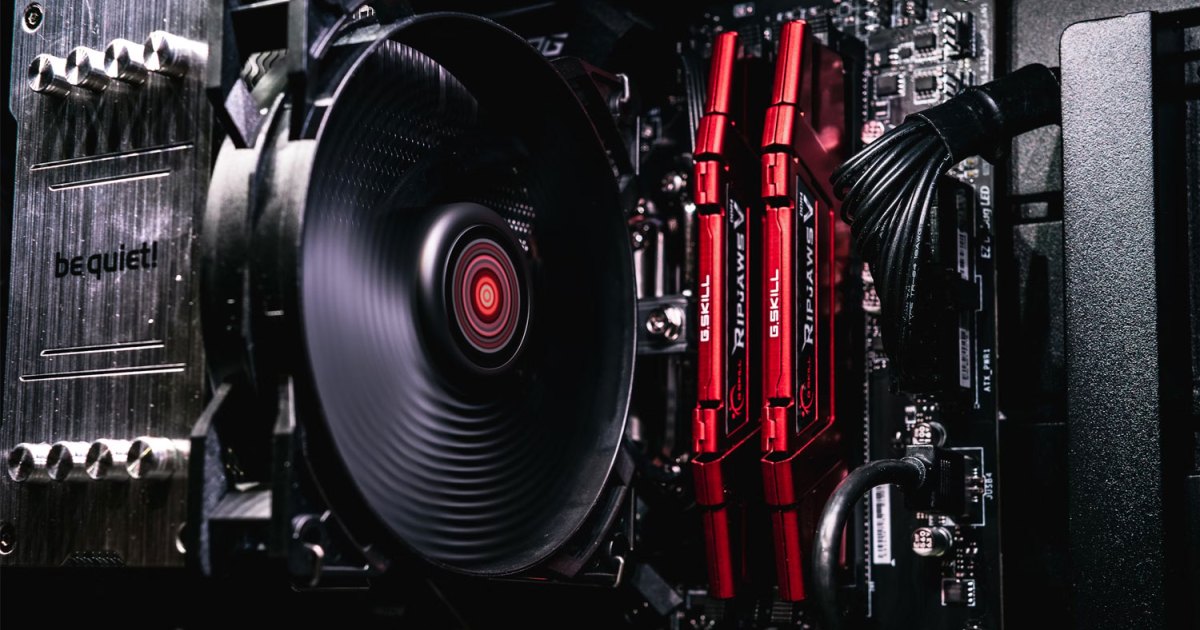Oculink, short for “Optical Copper Link,” is a new connection technology poised to revolutionize how we connect external PCI Express (PCIe) devices to laptops, mini PCs, and gaming handhelds. Developed by the PCI-SIG, the governing body for PCI interfaces, Oculink boasts impressive bandwidth and cost-effective implementation, making it a strong contender against established technologies like Thunderbolt.
This emerging interface offers a remarkable effective bandwidth of up to 63 gigabits per second (Gbps), ideally suited for data-intensive applications and hardware like external graphics cards (eGPUs) for enhanced gaming performance. This high-speed connection allows for seamless data transfer, minimizing latency and maximizing the potential of external hardware.
One of Oculink’s most significant advantages is its open-source nature, unlike Thunderbolt, which requires licensing fees. This translates to more affordable peripherals for consumers. Adapters, docks, and cables are significantly cheaper than their Thunderbolt counterparts, making high-performance connectivity more accessible. Furthermore, with a speed of 16 GT/s (8 GB/s total for four lanes), Oculink surpasses the performance of comparable Thunderbolt connections. This speed advantage is particularly crucial when utilizing high-speed NVMe U.2 drives.
 Razer eGPUOculink’s high bandwidth makes it ideal for demanding applications like eGPUs, effectively handling the massive data throughput required by modern graphics cards.
Razer eGPUOculink’s high bandwidth makes it ideal for demanding applications like eGPUs, effectively handling the massive data throughput required by modern graphics cards.
While Oculink offers compelling advantages, Thunderbolt retains its strengths in user-friendliness and widespread adoption. Thunderbolt ports are commonly found on various devices and generally operate seamlessly with plug-and-play functionality. The established ecosystem around Thunderbolt also provides a wider selection of eGPU enclosures, hubs, and compatible graphics cards, offering users a more readily available range of options.
Further reading: How to install a graphics card
The GPD G1 dock exemplifies Oculink’s practical application. Featuring an AMD Radeon RX 7600M XT graphics card, this dock supports both Thunderbolt 4 and Oculink, offering users flexibility and a direct performance comparison. While both interfaces provide connectivity, Oculink delivers superior performance, showcasing its potential for high-bandwidth applications. The dock also includes a built-in 240-watt power supply and various other connection options, further enhancing its versatility.
 Oculink InterfaceOculink’s open-source nature and superior data rates position it as a potential game-changer in the world of external connectivity.
Oculink InterfaceOculink’s open-source nature and superior data rates position it as a potential game-changer in the world of external connectivity.
In conclusion, Oculink presents a compelling alternative to Thunderbolt, offering higher bandwidth and lower costs, making it particularly attractive for performance-driven applications. While Thunderbolt maintains its edge in market penetration and user-friendliness, Oculink’s open-source nature and superior performance position it as a promising technology for the future of external connectivity. Early adopters report fewer technical issues and smoother operation with Oculink, though it may require slightly more configuration effort initially. As adoption increases and more devices incorporate Oculink, it has the potential to become a dominant force in the external connectivity landscape.











